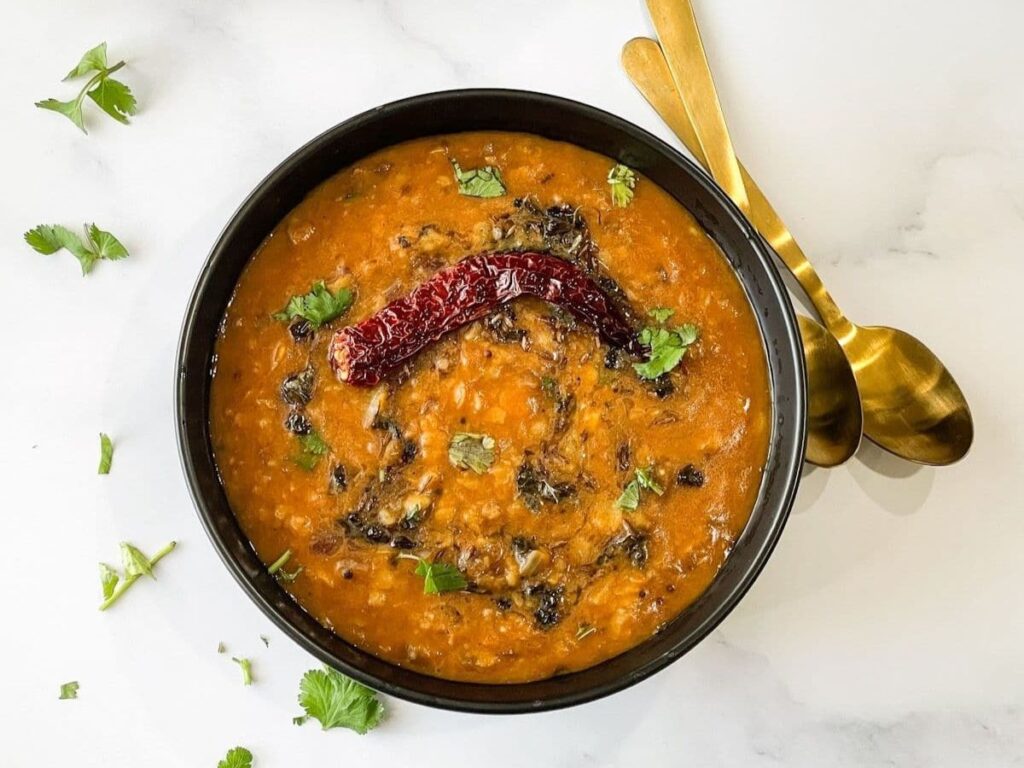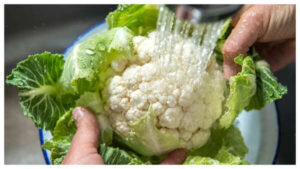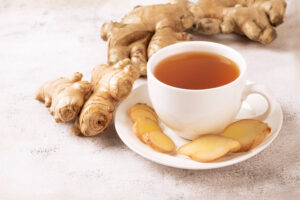Tadka in Indian Cooking: What It Is, How It’s Made, and Popular Regional Styles

Tadka in Indian Cooking: What It Is, How It’s Made, and Popular Regional Styles
In English, tadka is called “tempering.” It is a cooking method where whole or ground spices are briefly roasted in hot oil or ghee to release their aroma and flavor. This simple technique makes Indian food more vibrant and is widely used across India, Bangladesh, Pakistan, and Sri Lanka. In different regions, it is also known as chounk, tarka, or bagar.
Tadka is most often added to dals like the popular dal tadka or sambar, but it can also be used in curries. Depending on the recipe, the tempering can be done at the beginning of cooking or added at the end as a finishing touch.
How Tadka Is Made
Traditionally, tadka is prepared in ghee, but oil can also be used. Since the spices must be roasted at high temperatures, it is important to use oil that can withstand heat. Olive oil is not suitable, as it burns quickly, while options like expeller-pressed coconut oil work well.
Tadka can be prepared in a skillet, directly in the pot where the dish is being cooked, or in a small special pan made just for tadka. This pan is deep and prevents spices from spilling out while roasting.
The base usually includes two tablespoons of oil, along with cumin seeds and mustard seeds. These are added to hot oil and allowed to sizzle. If they burn, the process must be started again. Once this base is ready, ingredients like curry leaves, garlic, onion, tomato, or powdered spices may be added.
Different Uses of Tadka
Tadka is used in many Indian dishes. For example, Onion Tomato Dal has a tempering of cumin, curry leaves, garlic, onion, tomato, and powdered spices. In Pumpkin Tarka Dal, cumin, mustard seeds, coriander, turmeric, and tomato are used.
Curry preparations also start with tempering. In a mixed greens curry, onion, garlic, asafoetida, and cumin are roasted in oil before being added to the dish. In Mushroom Mutter Masala, the recipe begins with cumin seeds and onion.
In some cases, whole spices are dry-roasted, ground into powder, and then added to curries, as in Cauliflower and Brussels Sprouts Curry.
Tweaks That Change the Taste
Small changes in tadka can completely alter a dish. Ghee gives a rich and homely flavor, while mustard oil adds a sharp, rustic edge. Curry leaves bring a citrusy, fresh note to South Indian dishes, while methi seeds add depth to Punjabi sabzis and kadhi. Garlic adds boldness, while asafoetida (hing) gives a subtle, savory taste, often used in Jain cooking. Whole red chillies bring smoky heat, while green chillies add fresh spice.
Popular Tadka Styles
Across India, different regions have their own combinations. South Indian tadka includes mustard seeds, urad dal, curry leaves, and red chillies. Punjabi tadka often uses cumin, garlic, green chillies, and coriander powder. Gujarati cooking prefers mustard seeds, hing, curry leaves, and sesame seeds. Bengali cuisine uses the famous panch phoron mix in mustard oil, while Jain tadka keeps it simple with ghee, hing, cumin, and ginger.
The Essential Touch
Whether it is added to dal, curry, or sabzi, tadka is more than just a technique. It is the step that brings aroma, color, and balance to the dish. Each region gives its own twist, but the idea remains the same, a small step that makes a big difference to Indian food.












